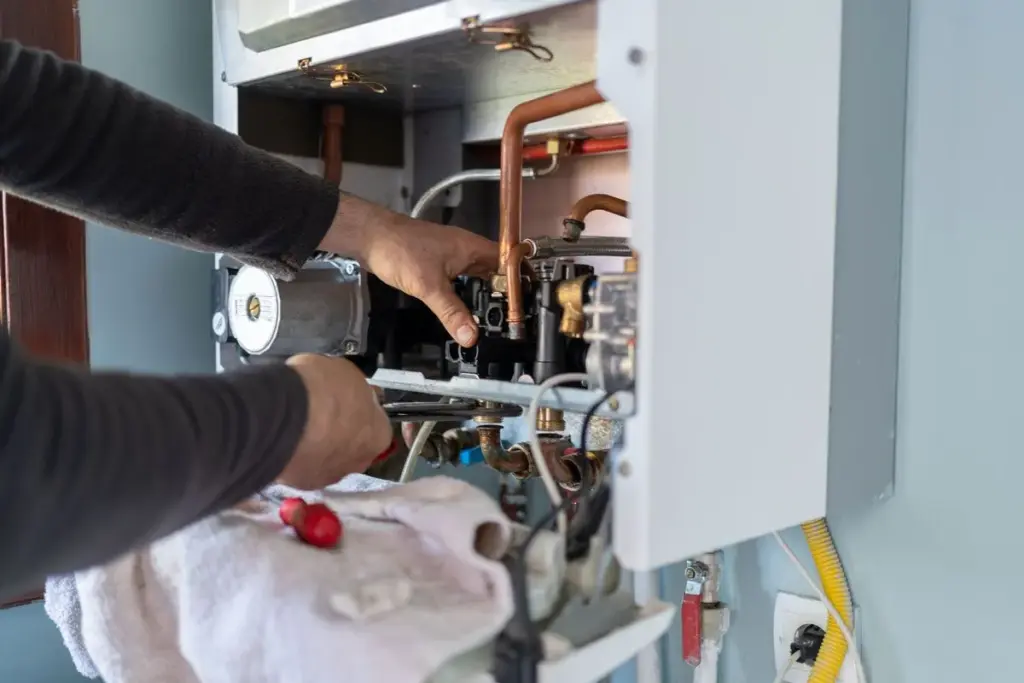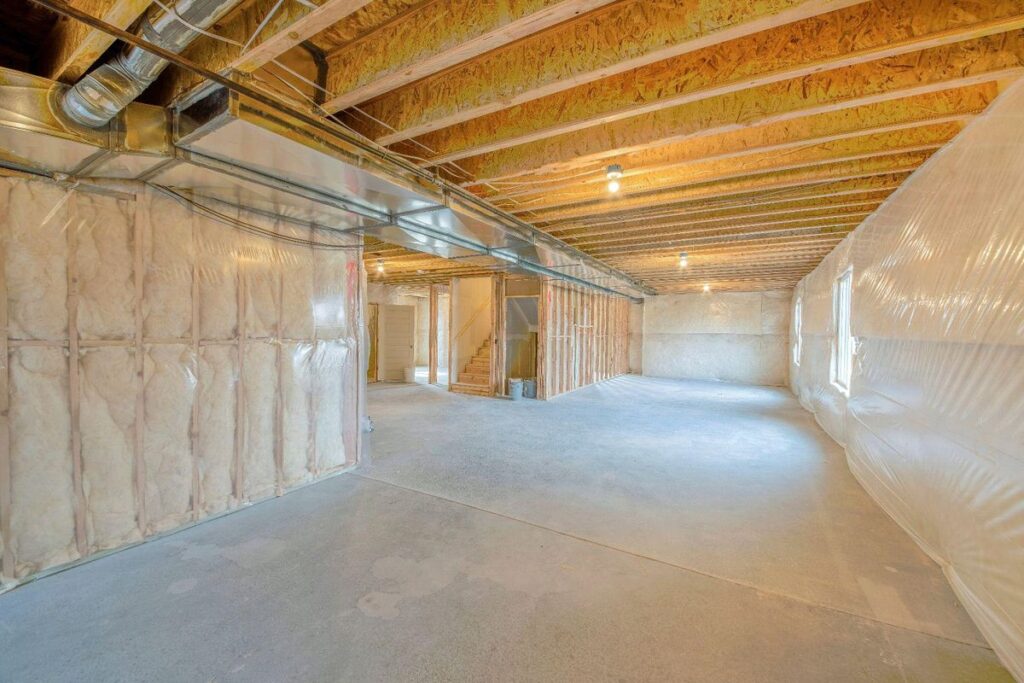When your heating or cooling system isn’t working properly, Eco Comfort Solutions LLC provides fast and dependable HVAC repair. Our technicians use advanced diagnostic tools to quickly identify the issue and restore comfort to your home or business. We handle all makes and models, ensuring long-lasting repairs. From unusual noises to airflow issues, no problem is too small or too complex. With our prompt service, you won’t be left waiting in uncomfortable conditions. We focus on energy efficiency and reliability in every repair. Count on us to bring your system back to peak performance.


A faulty furnace can leave your home cold and uncomfortable in the winter months. Our furnace repair services restore warmth quickly and effectively. We troubleshoot ignition problems, strange noises, uneven heating, and airflow issues. With years of experience, our technicians can repair all types of furnaces. We arrive equipped with the right tools and parts to minimize downtime. Safety is always our top priority when handling gas or electric furnaces. Don’t risk being stuck in the cold—let us keep your furnace running reliably.
Your air ducts play a vital role in indoor air quality. Over time, dust, allergens, and debris accumulate in ducts and circulate throughout your home. Our professional air duct cleaning services remove these contaminants for cleaner, healthier air. Cleaner ducts also improve HVAC efficiency and system longevity. We use specialized equipment to thoroughly clean without causing damage. Families with allergies or pets benefit greatly from duct cleaning. Breathe easier knowing your home’s air is fresh and safe. Eco Comfort Solutions LLC delivers clean ducts and better comfort.


High humidity indoors can cause discomfort, musty odors, and mold growth. Our dehumidification solutions balance indoor moisture levels for a healthier environment. By reducing humidity, we protect your home’s structure and prevent damage to walls, furniture, and belongings. A balanced indoor climate improves comfort and reduces allergy triggers. Our experts install and service whole-home dehumidifiers that work with your HVAC system. Energy-efficient units ensure optimal performance without high costs. Enjoy a cooler, drier, and healthier space with our dehumidification services.
If your heat pump is struggling to heat or cool properly, our repair specialists are here to help. We service all brands and models with precision and care. Common problems like frozen coils, faulty thermostats, or low refrigerant are quickly resolved. Our goal is to restore efficiency and extend your system’s lifespan. With fast response times, you won’t be left in discomfort for long. We use advanced tools for accurate diagnosis and repair. Keep your heat pump running smoothly year-round with Eco Comfort Solutions LLC.


A poorly insulated crawl space can waste energy and allow moisture problems to develop. Our crawl space insulation services improve comfort, efficiency, and air quality. We install durable insulation that reduces heat loss and protects your foundation. Proper insulation prevents cold floors in winter and lowers energy costs year-round. It also helps keep out pests and excess moisture. By sealing and insulating, we enhance your home’s structural health. Eco Comfort Solutions LLC ensures your crawl space works for you, not against you.
Mold growth can threaten both your property and your health. Our professional mold remediation services identify, contain, and safely remove mold from affected areas. We address the source of moisture to prevent future growth. Using industry-approved techniques, we restore your indoor environment to a safe condition. Mold removal improves air quality and reduces allergy or respiratory risks. Our team works quickly while ensuring thorough results. From crawl spaces to air ducts, we eliminate mold at its root. Trust Eco Comfort Solutions LLC for a healthier, mold-free home.
